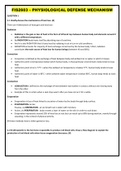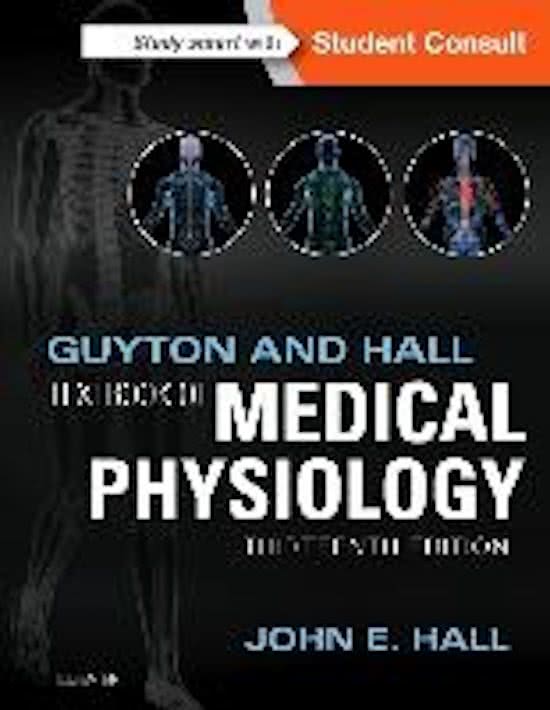Exam (elaborations)
FIS2603 - EXAM REVIEW - () ANSWERED PAST PAPERS
- Institution
- University Of South Africa (Unisa)
this document contain all the past exam paper questions with answer. diagrams / table / flow chart are all included. as well as true false question are answered.
[Show more]




